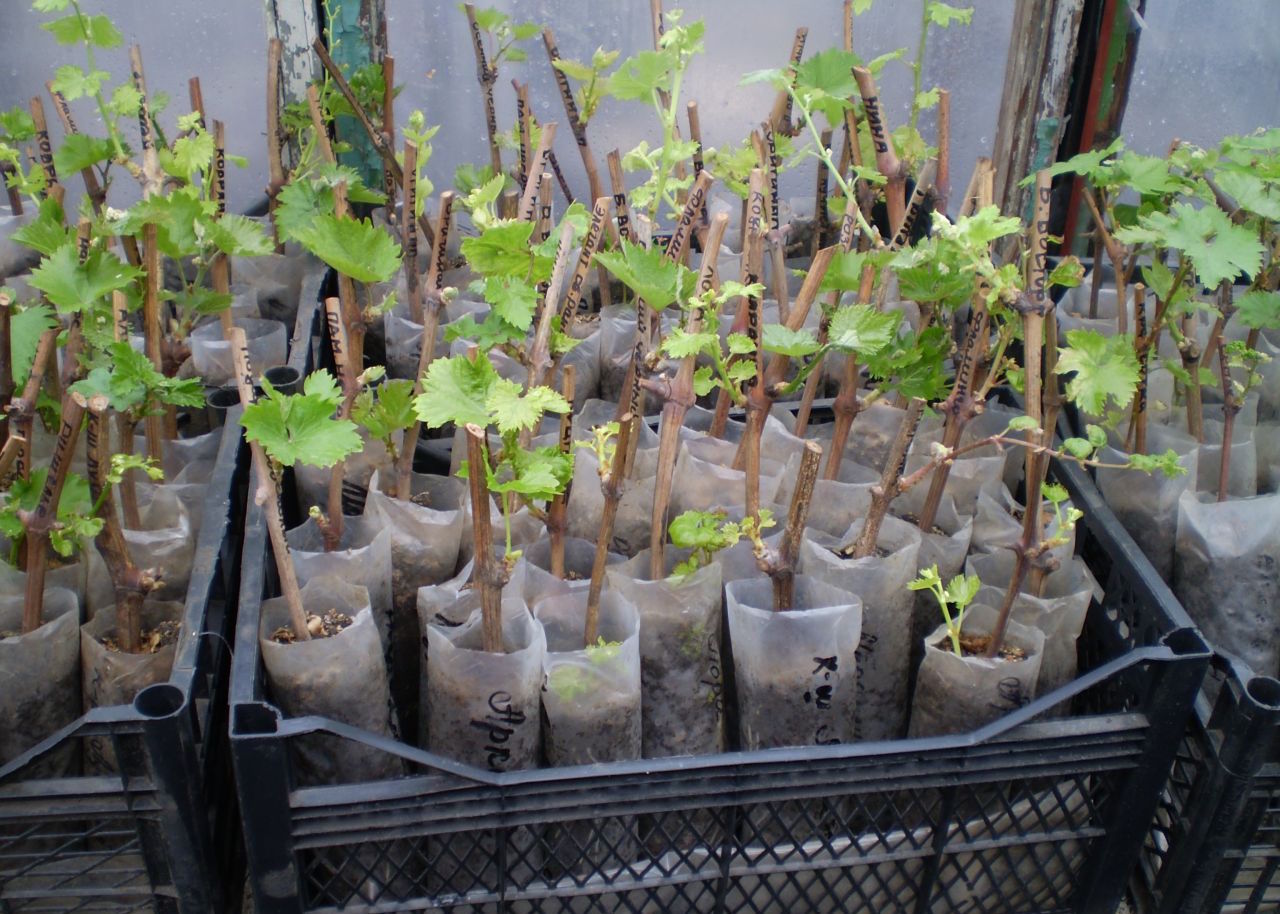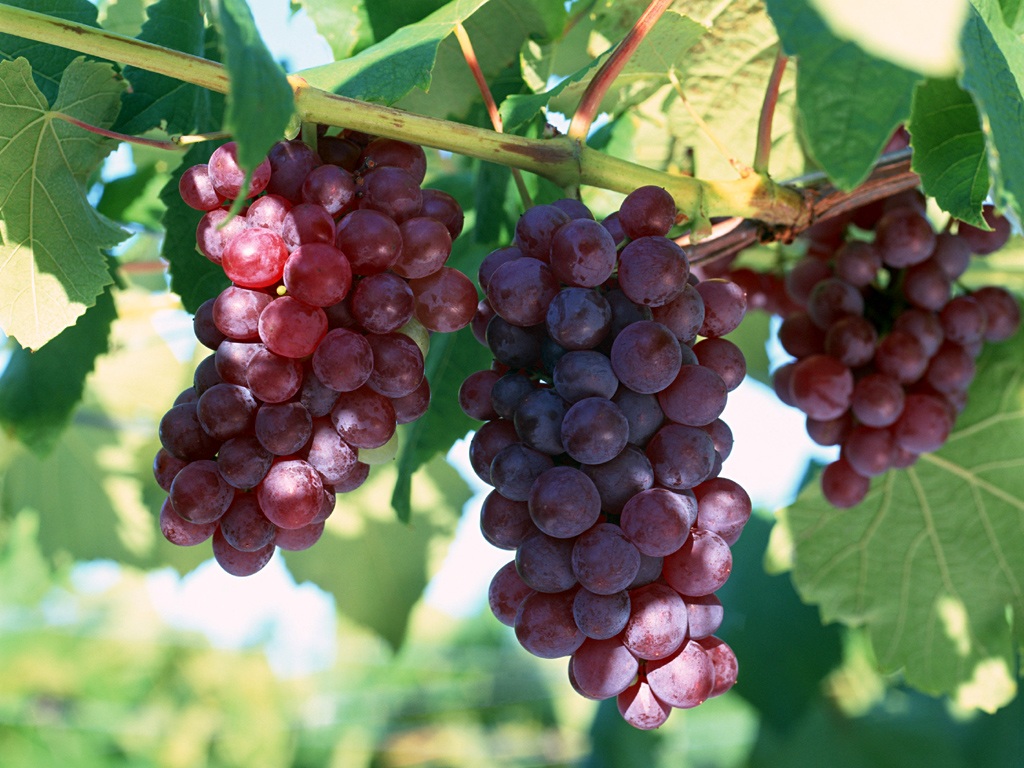Blooming orchids and azaleas look great, at least when we bring them home. But you need to take good care of them, otherwise the result will be disastrous. We choose plants for those who want to decorate the house with greenery without putting too much effort and giving green friends a minimum of attention and time.
Ficus rubber
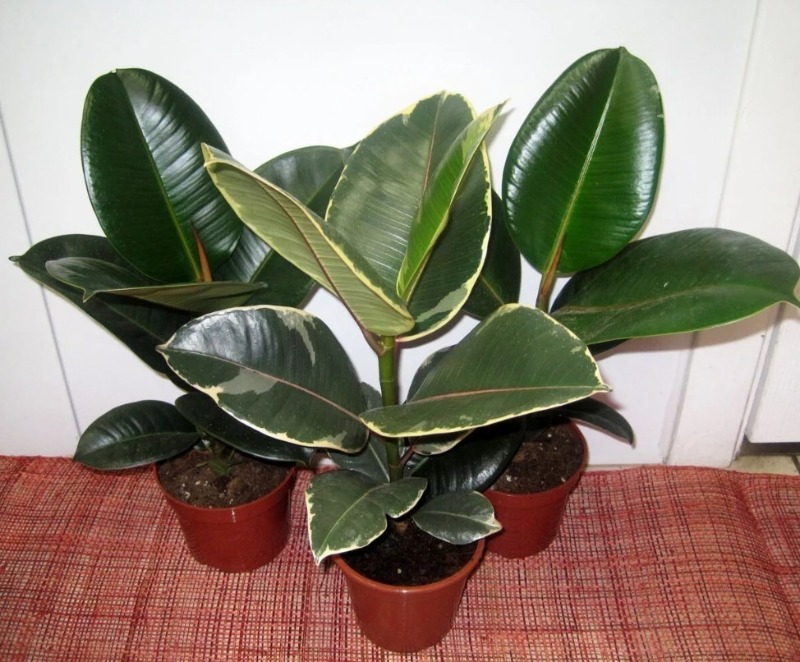
Many ficus owners water them too often. This is one of the easiest indoor plants to maintain. It lives for many years and during this time it grows by several tens of centimeters. Some varieties have red or purple foliage that decorates the interior, while the plant takes up little space. Plant the ficus plant in fertile soil and water when the top layer is dry. In winter, watering should be reduced.
Sansevieria
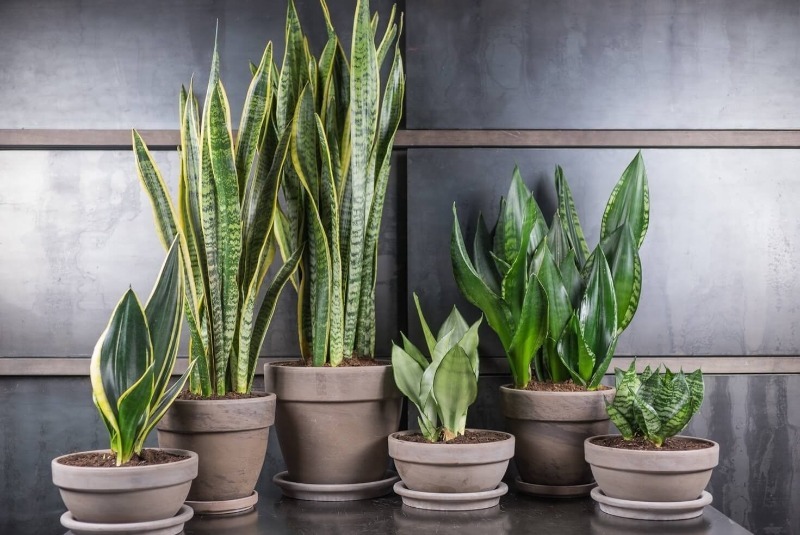
Undemanding sansevieria has air-cleaning properties. Will grow in both bright light and low light. Used as a houseplant or planted in the ground. The only requirement for the soil is drainage. Before watering again, let the soil dry, fill the pot and let the water drain through the drainage hole. The water accumulated in the pallet must also be drained.
Hoya carnosa
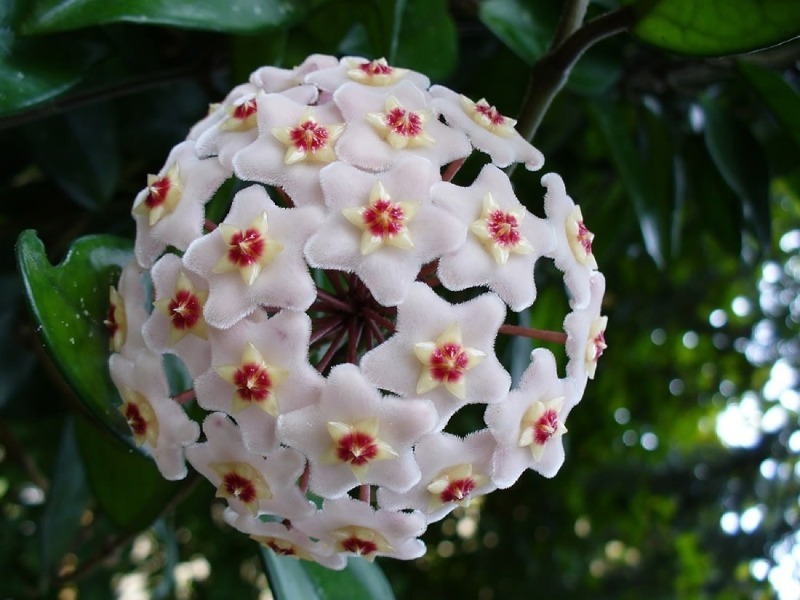
Hoya flowers are considered by some to be one of the finest creations of nature. They seem to be made of ivory or porcelain and carry a subtle, subtle scent. The wax ball of five-pointed double stars is geometrically perfect and gives the flower an artificial look. Surprisingly, this beauty requires almost no maintenance and grows on its own. Do not touch or move the hoya during flowering. Spray the leaves occasionally, or water more often in dry climates. Lack of water will cause the foliage to turn brown around the edges, and the leaves may fall off.
Bocarnea
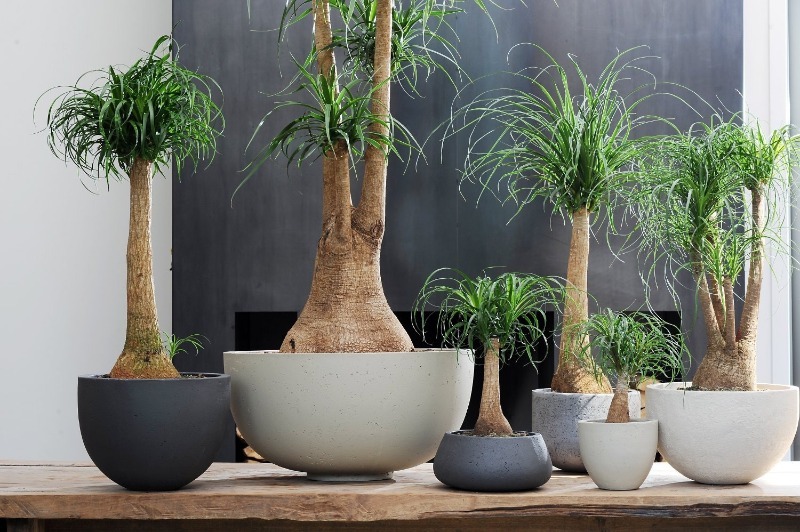
Bocarnea (elephant's foot, ponytail) is a delicate evergreen perennial grown as a houseplant. It has one or more grayish stems that taper to a crown of arched, long, thin leaves.
Grows well indoors with good lighting. Let the soil dry between waterings. The plant needs sandy or loamy soil with good drainage. One watering in winter should be sufficient. It can do without water for up to six months.
Succulents
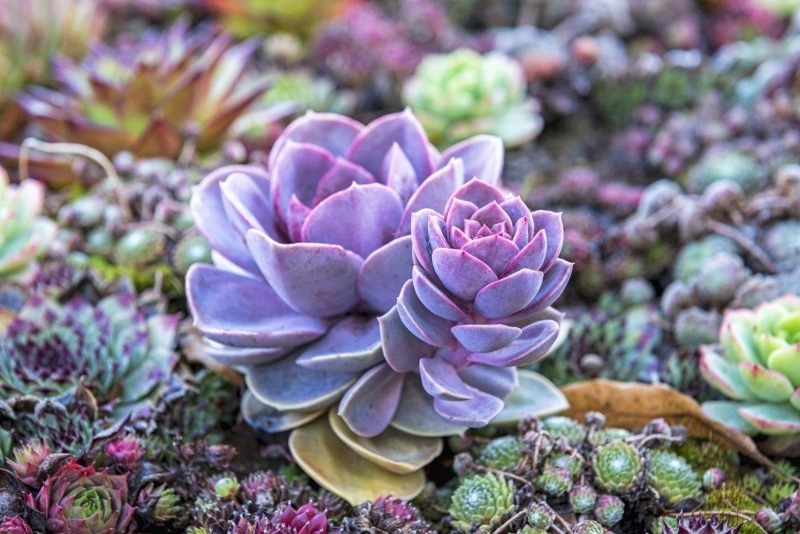
The number one mistake when caring for succulents is excessive moisture. It is better to water more, but less often. Thoroughly saturate the soil, making sure that water flows out of the drain hole properly. Let the soil dry a little before watering again. If the soil is kept constantly moist, the roots can rot and the plant will die. Succulents typically need about 6 hours of bright, indirect sunlight each day.
Spiderman
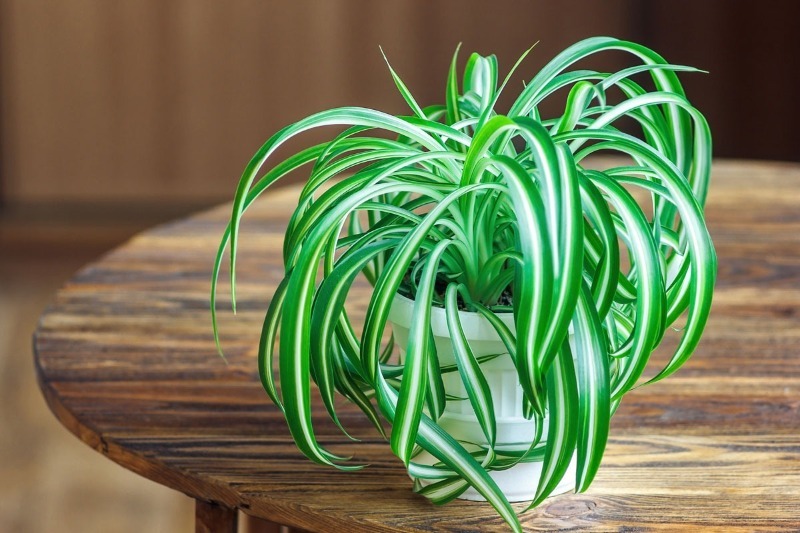
If you provide the spider with the correct planting and place in the room, for a whole year you may not know problems, only occasionally watering it. The soil should not be garden soil, but from a flower shop. Place the pot on a south window in winter and not far from that window in summer. Watering is necessary only after the soil in the pot has dried. Spill with water at room temperature and then drain the liquid from the tray. Divide a heavily overgrown bush in the spring or transplant into a larger pot. Once a year, preferably in the spring, feed with complex fertilizer.Trim the dried tips of the leaves with scissors to keep the plant neat and attractive. It must be remembered that the spider is poisonous for cats.
Aspidistra
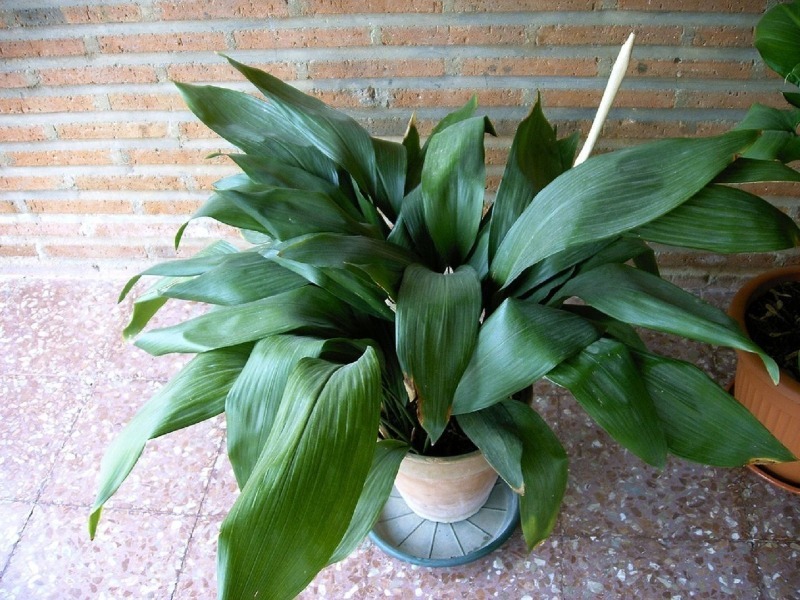
An attractive and lush, leafy ornamental plant whose beauty lies in its dark green stems and shiny leaves. He is well known for his low demands and easily forgives small care mistakes. The flower puts up with the place and conditions that other plants would not cope with. Nevertheless, it will thank you for good care with lush green leaves and may even bloom. Aspidistra prefers not too dry and not too moist soil. Let the top two thirds of the soil dry between watering. In places with little light, green plants need slightly less water.
Zamioculcas
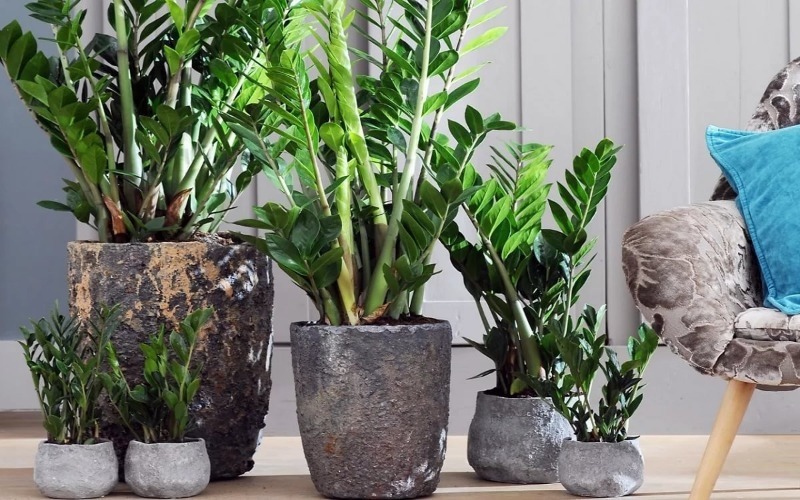
The people call this indoor flower the dollar plant. It is quite large and has fleshy stems. Each of them has several hard feather-shaped leaves (8-12 pieces). The plant can grow up to one and a half meters. Almost never blooms at home.
Watering zamioculcas should be moderate. This is done only after the ground is dry. For irrigation, use well-settled water. If water remains in the tray, drain it. From September to February, watering should be reduced. For good flower development, you need to clean the shoots with a damp sponge. It is recommended to spray the foliage in summer. Fertilize zamioculcas in spring and summer. For this, a special fertilizer for cacti and succulents is suitable. Feeding stops in autumn.
